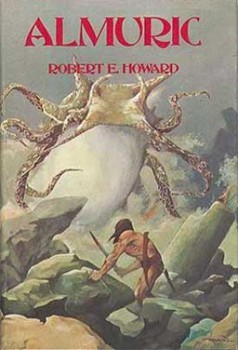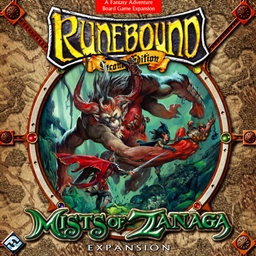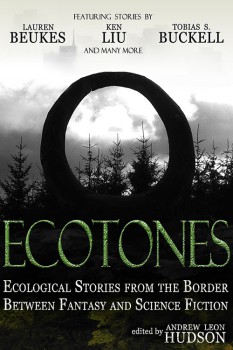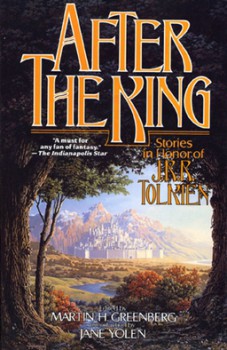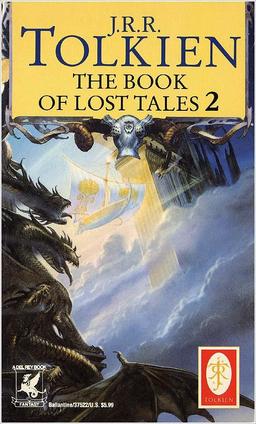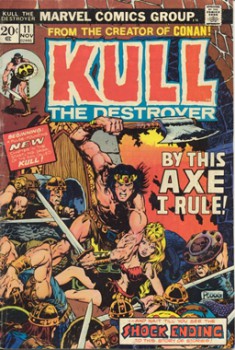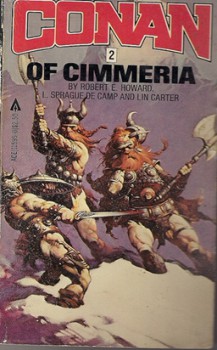Discovering Robert E Howard: The New Conan RPG
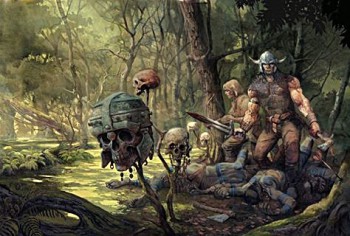 There’s a massively successful Conan Kickstarter wrapping up this week.
There’s a massively successful Conan Kickstarter wrapping up this week.
I’m a fan of Mongoose’s Conan RPG. It ran from 2004 through 2010, with over three dozen books between the 1st and 2nd Editions. It used the Open Game License. Well, dice rollers will once again be wreaking havoc throughout the Hyborian Age. Modiphius Games seems to have hit the jackpot with Robert E Howard’s Conan: Adventures in An Age Undreamed Of.
The base goal of $65,344 was to produce the Core Rulebook. As I type this, the KS is at $393,000. 13 stretch goals have been unlocked, adding 1 adventure book, 1 bestiary, 6 sourcebooks, 2 sets of geomorph tiles, 2 maps and double the art in the Core book. With the late surge successful Kickstarters inevitably get, I expect a few more items to be unlocked. There’s also a slew of add-ons (need a Conan backpack?) you can toss more money at, as well as stuff like a sourcebook tie-in to Monolith’s massively successful Conan board game.
